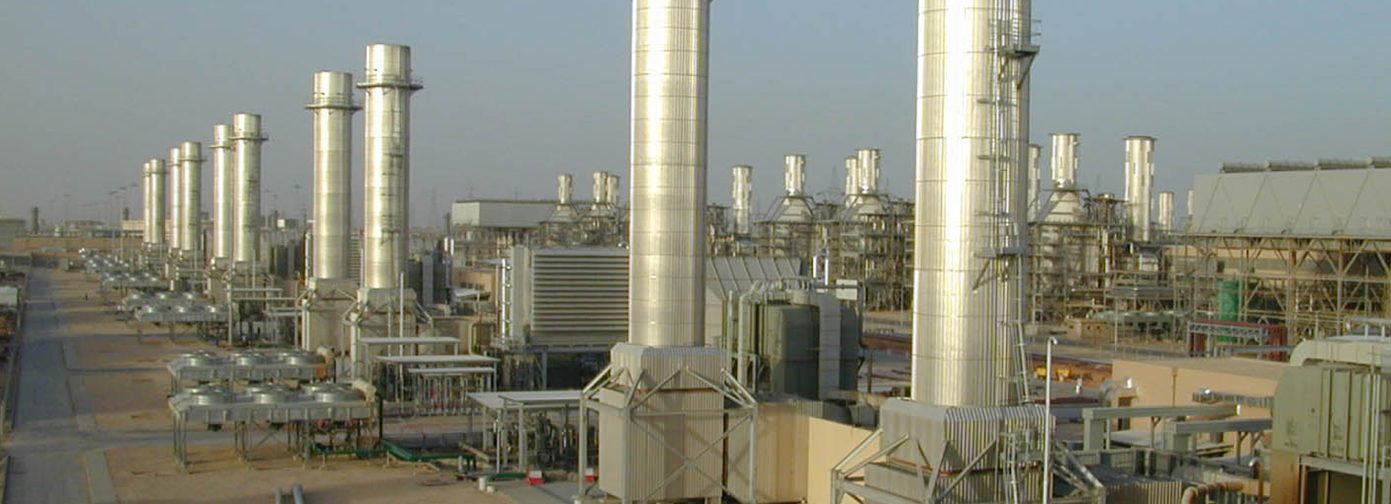
Oil prices were mixed on Thursday as the rising US dollar, increasing US crude production outweighed Saudi Arabia’s forecasted decline in crude exports by about 100,000 b/d in August.
Oil prices down as US dollar hits high not seen since July 2017
Oil prices were down slightly on Thursday despite Saudi Arabia’s OPEC governor saying that the kingdom will see its crude exports fall by about 100,000 barrels per day (b/d) in August.
A rising US dollar and increased US crude production undermined gains in oil prices that were spurred by the Saudi announcement.
By 1:45 p.m., EDT, benchmark Brent crude was down 59 cents to $72.31 after reaching a session high of $73.79/barrel. US West Texas Intermediate rose 23 cents to $67.98/barrel, down from an earlier high of $70.17/barrel.
The Canadian Crude Index fell 23 cents to $40.69.
The US dollar hit its highest level on Thursday since July 2017, up half a per cent on the day. The rising greenback makes crude more expensive against users of other currencies.
Putting more pressure on oil prices in rising US crude production which hit a record high 11 million b/d last week, according to the US Energy Information. Since November of last year, the United States has added nearly 1 million b/d of crude production, mostly due to increasing shale output.
According to a statement from Saudi Arabia’s OPEC governor, Adeeb Al-Aama, the kingdom’s crude exports this month will be roughly equal to June levels. He added that there will be substantial stock draws due to robust demand, but a balance in oil markets is still predicted for the third quarter.
“That really turned the momentum of the market around,” Phil Flynn, analyst at Price Futures Group told Reuters. “It seems like now we’re probably going to see more volatility until we get a handle on production.”
Oil prices had increased after the US EIA released data on Wednesday that showed inventories at the US oil delivery hub in Cushing, Oklahoma, were down by 1.8 million barrels.
However, the EIA also reported that oil stockpiles had risen by a surprisingly high 5.8 million barrels last week. Analysts polled by Reuters prior to the data release had anticipated a decline of 3.5 million barrels.
Brian LaRose, senior technical analyst at ICAP-TA told Reuters that oil prices have not broken through key technical levels that suggest longer-term increases.
“The news stories tend to knee-jerk the price reaction in one direction or another,” LaRose said. “Most of the time they don’t turn into sustainable trends.”
The rebound in oil prices occurred after falling earlier in the trading session as a strengthening dollar and talk of supply increases put downward pressure on prices.
Reuters’ sources say participants in the OPEC supply cut pact cut output in June by 20 per cent more than agreed upon levels, compared to a 47 per cent increase in May.


Be the first to comment